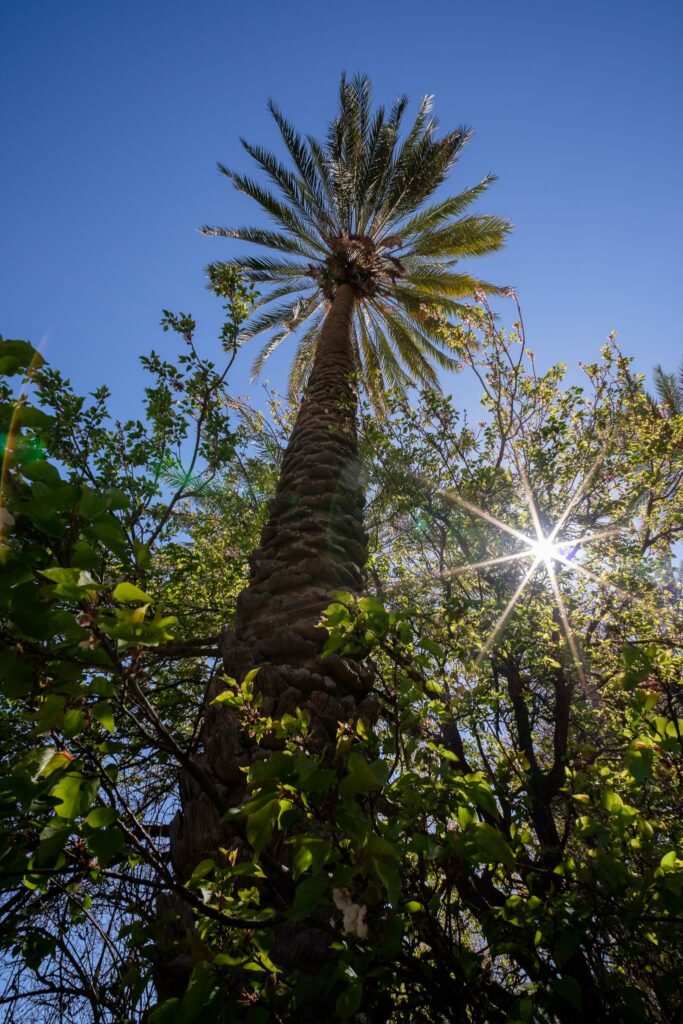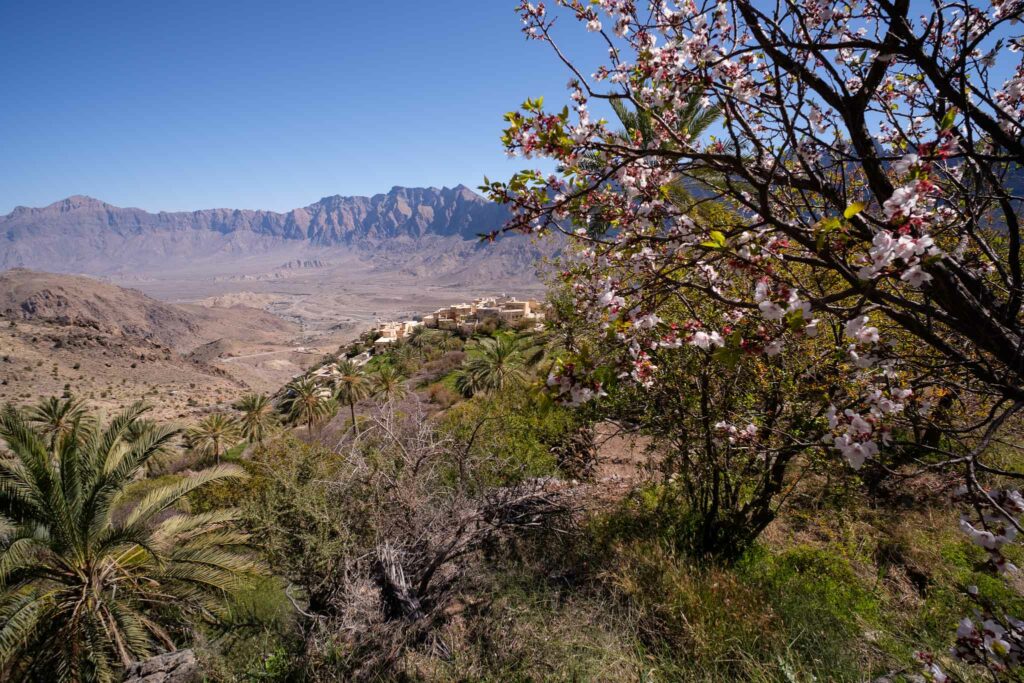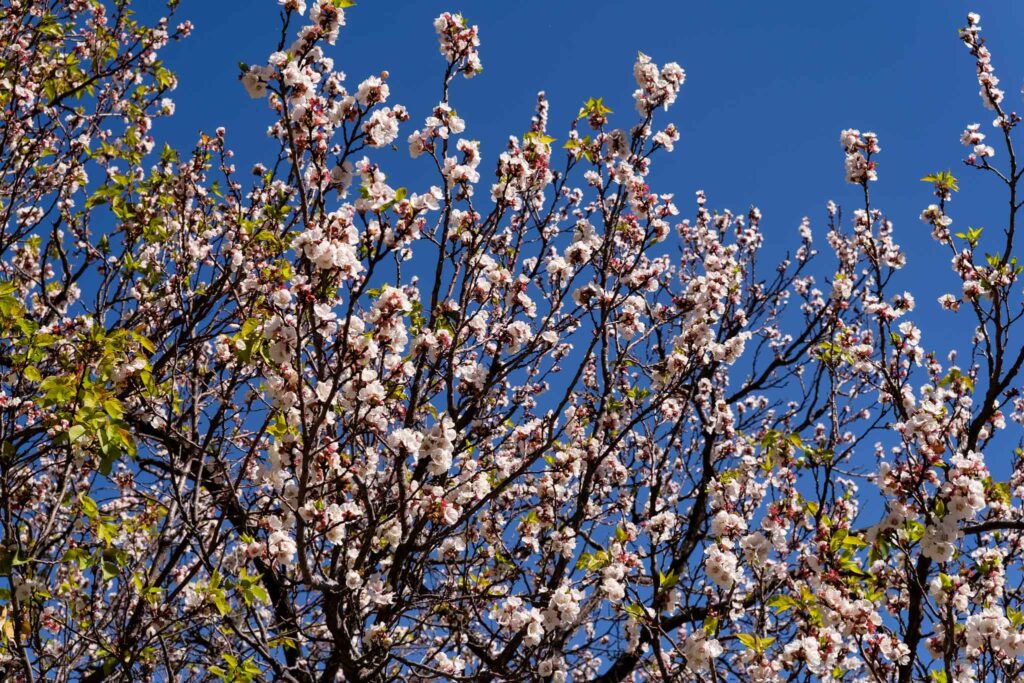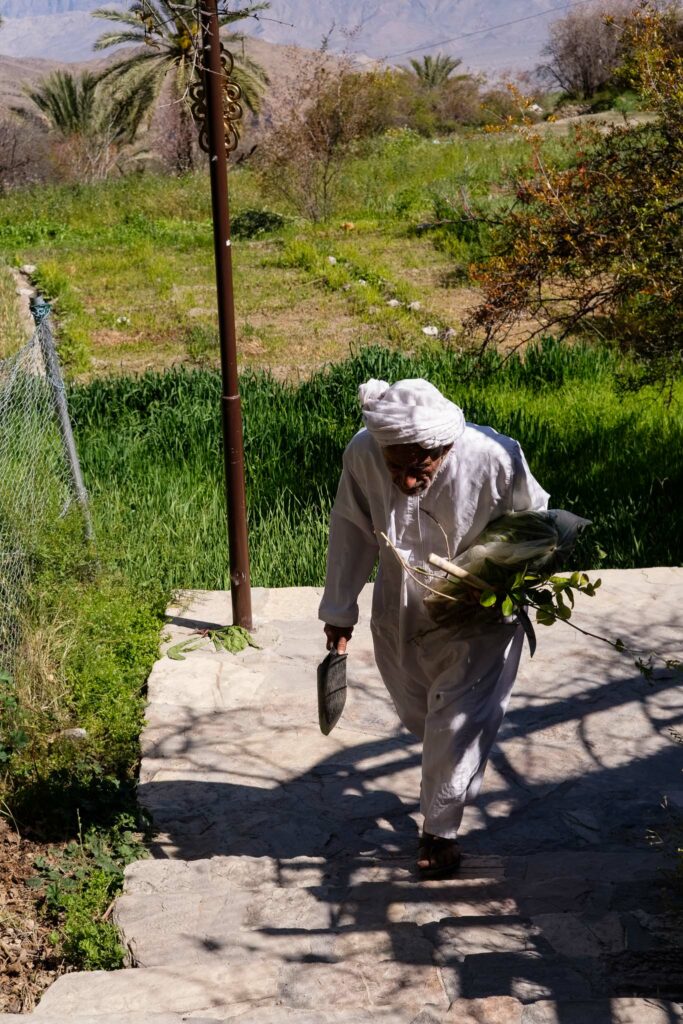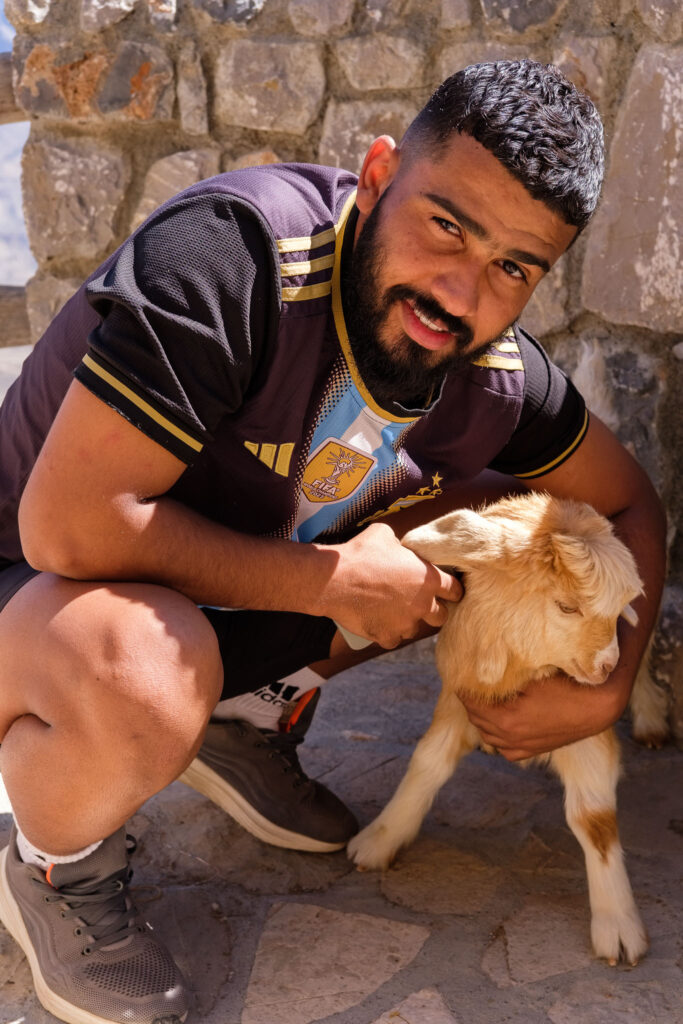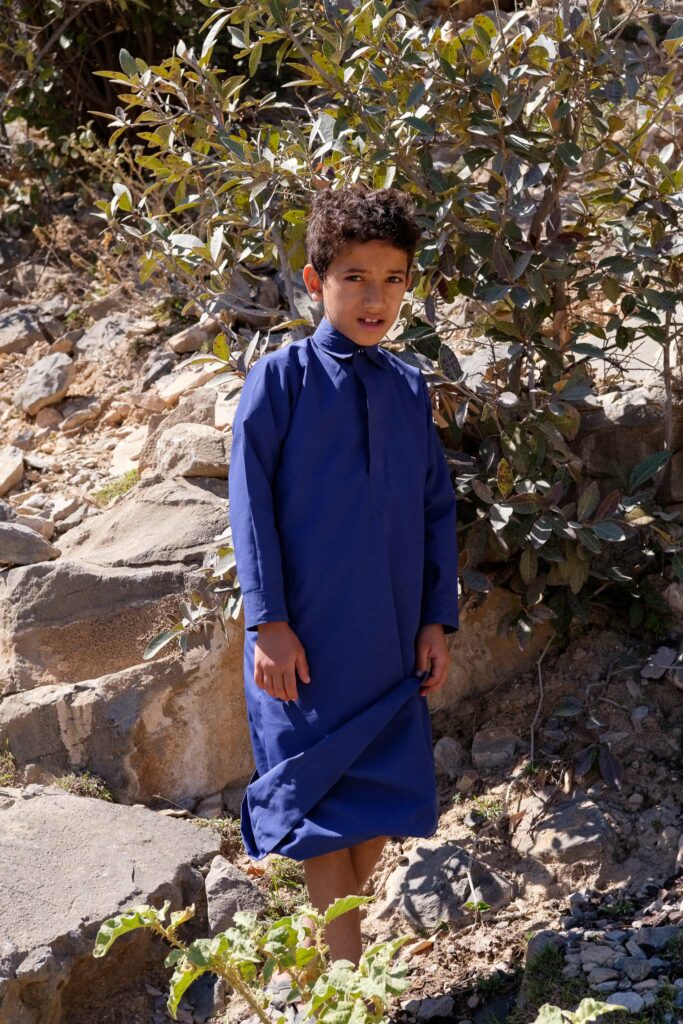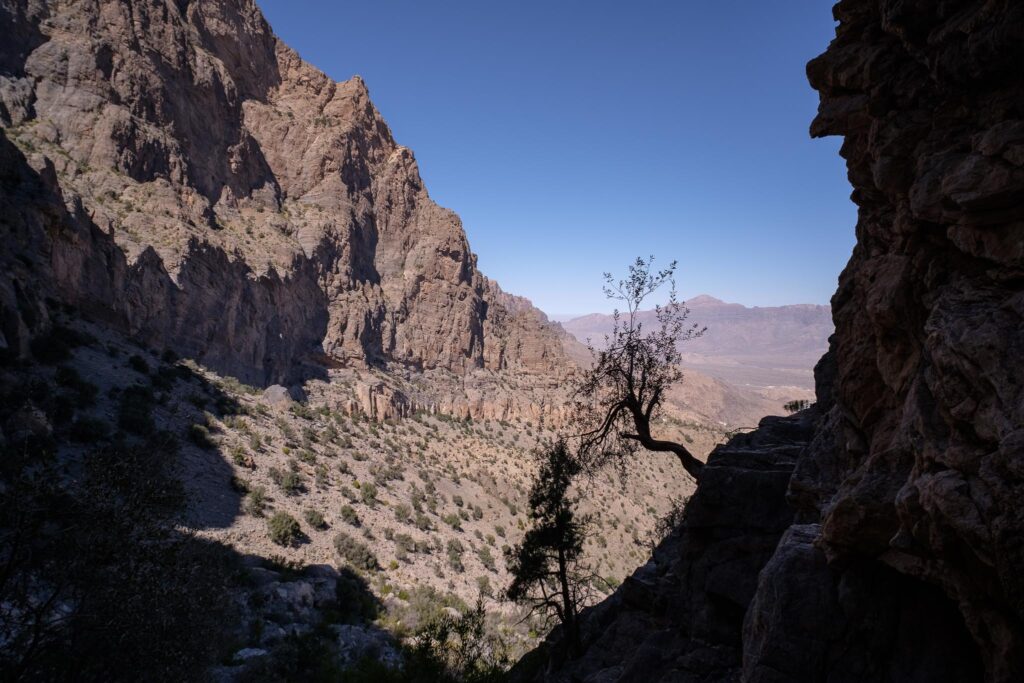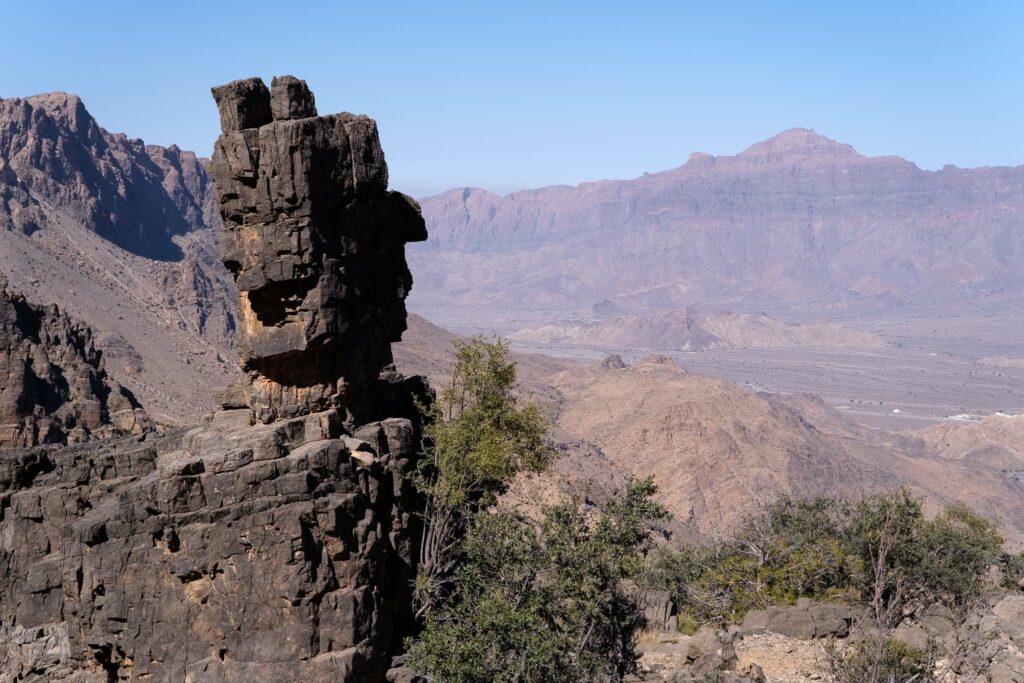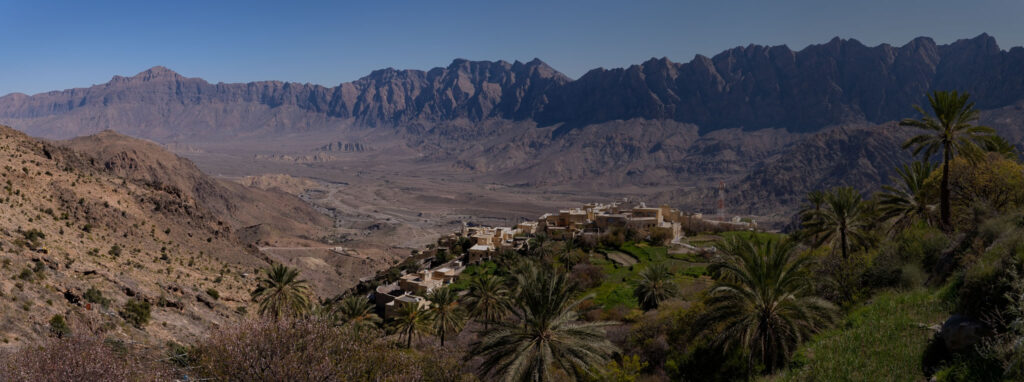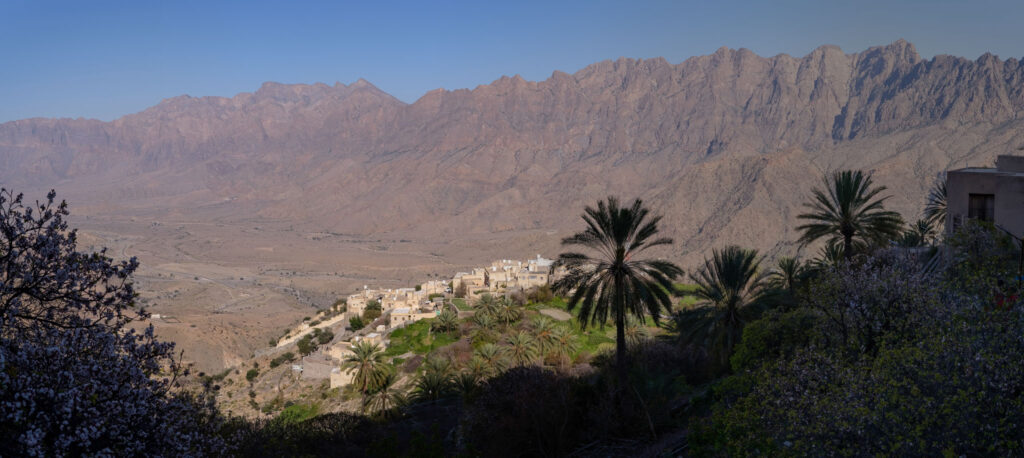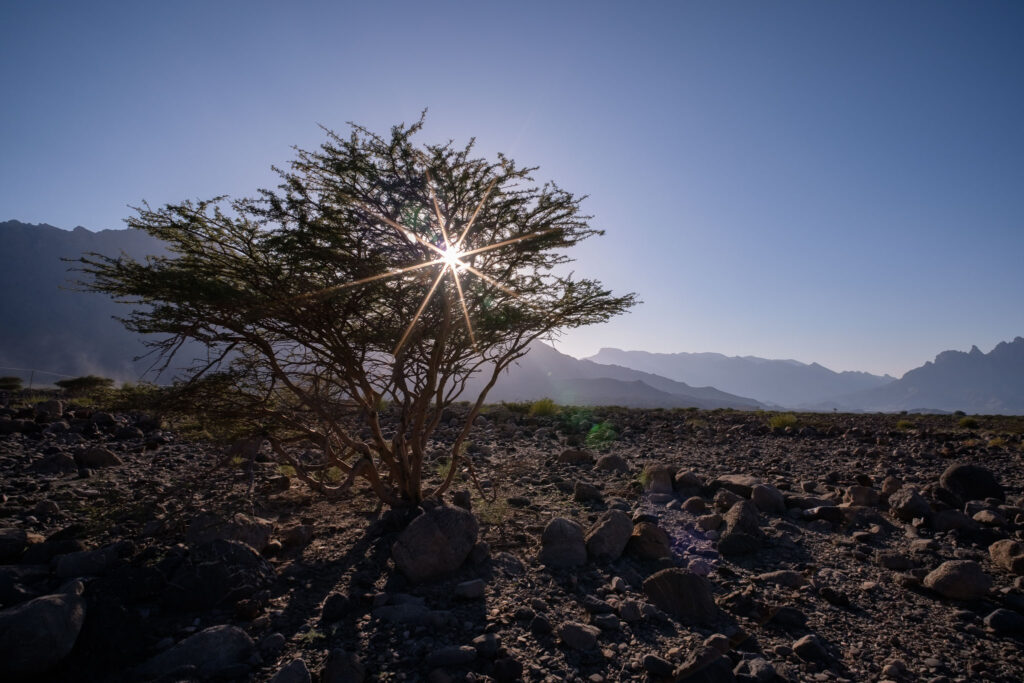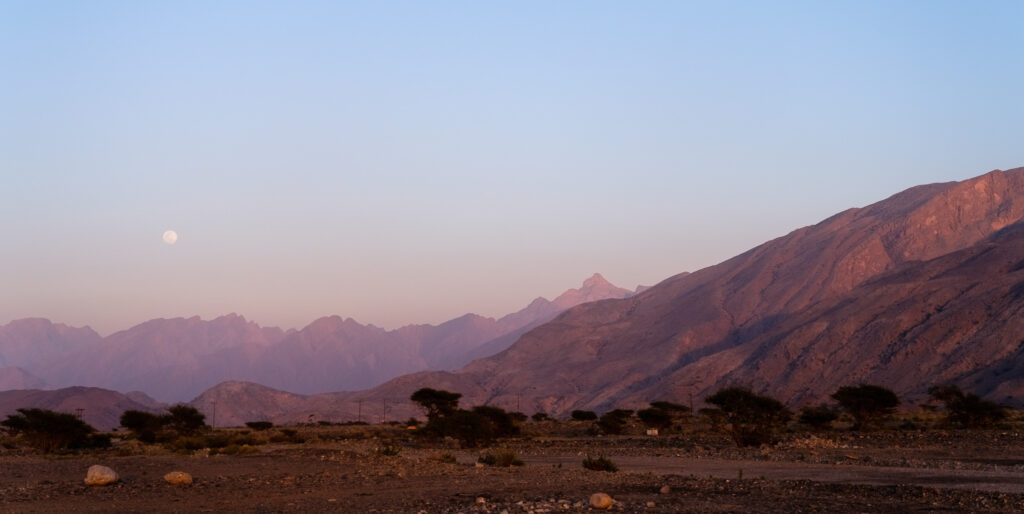It is rare for me to write so called “lens reviews”, mostly because I do not have the technical ability or background to carry out that type of detailed analysis. Also, for many years my preference has been to skip this type of reviews and learn more from the opinion of trusted photographers that are kind enough to share their experiences with others. These days, with computer aided lens design, and complex manufacturing of exotic lens’ elements, it is hard to find a “bad” lens. Following this introduction, in the next paragraphs I will summarize my experience with a lens that I have recently acquired; its full name is TTArtisan Super Wide 10mm f2 APSC, in Fujifilm X mount.
I have always enjoyed photographing the nigh sky in a landscape context, with the Milky Way, or star trails. Given that I am now living in Oman (where there are still remote dark sites), and I have the opportunity of going out once a month with an astronomy group, I started searching for a dedicated ultra-wide and fast prime lens. I did not want to spend a lot of money, so I chose the above-mentioned lens; it is manual focus, and it does not feature electronic communication with the camera, but these are not important for the intended purpose. On the other hand, it is robustly built, all metal and glass. During the last couple of months, I have used the lens in several trips, photographing both during the day and night. What follows is a series of photos, where I will try to illustrate my key findings. All images were taken with the Fujifilm XT5, which has one of the most demanding APSC sensors, with its 40 mp.
Sun stars – they are generally excellent, but you have to watch out for flare. The lens flares easily, which is probably its most significant downside for daylight photography. You can mitigate against this by slightly adjusting your framing or position. With the sun outside of the field of view, you can also get some minor flare, which you can eliminate by carefully placing your hand next to the lens; just be careful to avoid your hand showing up on the image. Even with this downside, I managed to get some really nice photos.
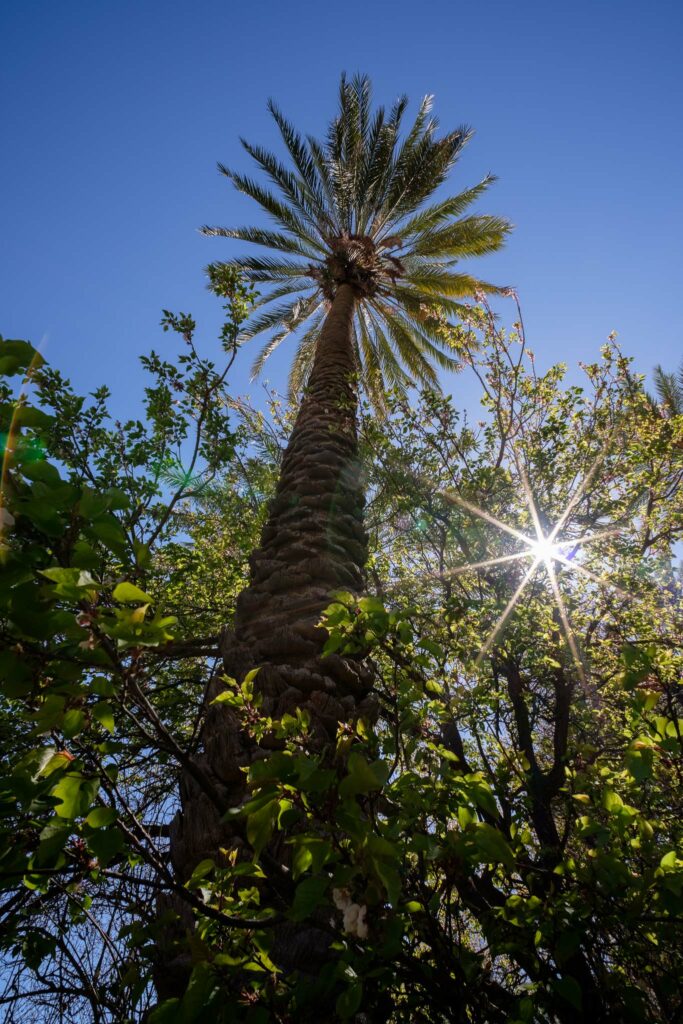
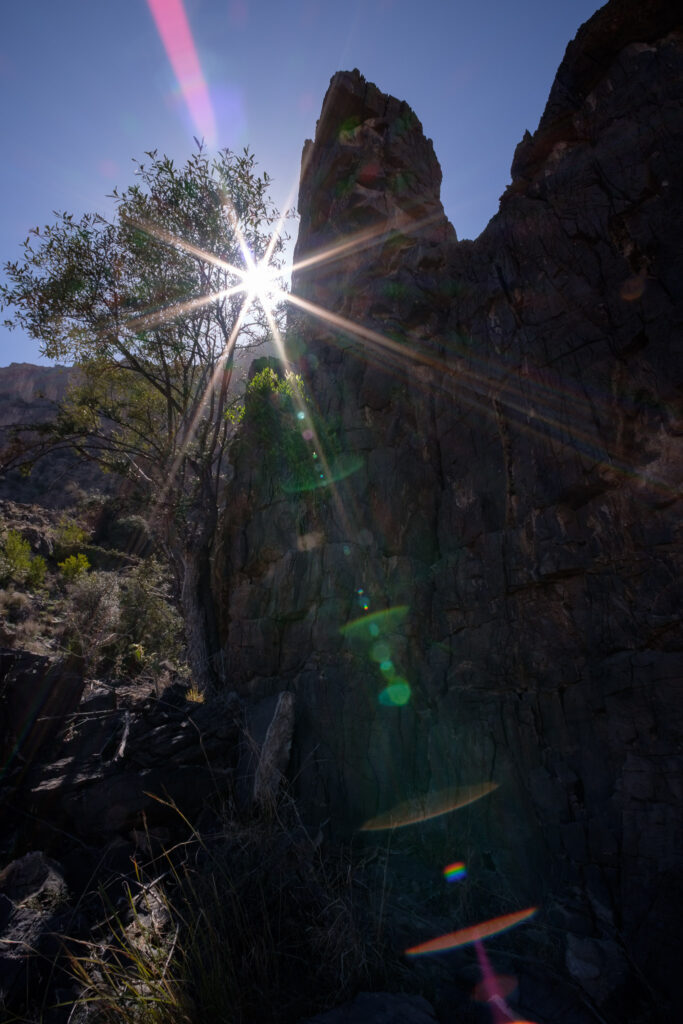
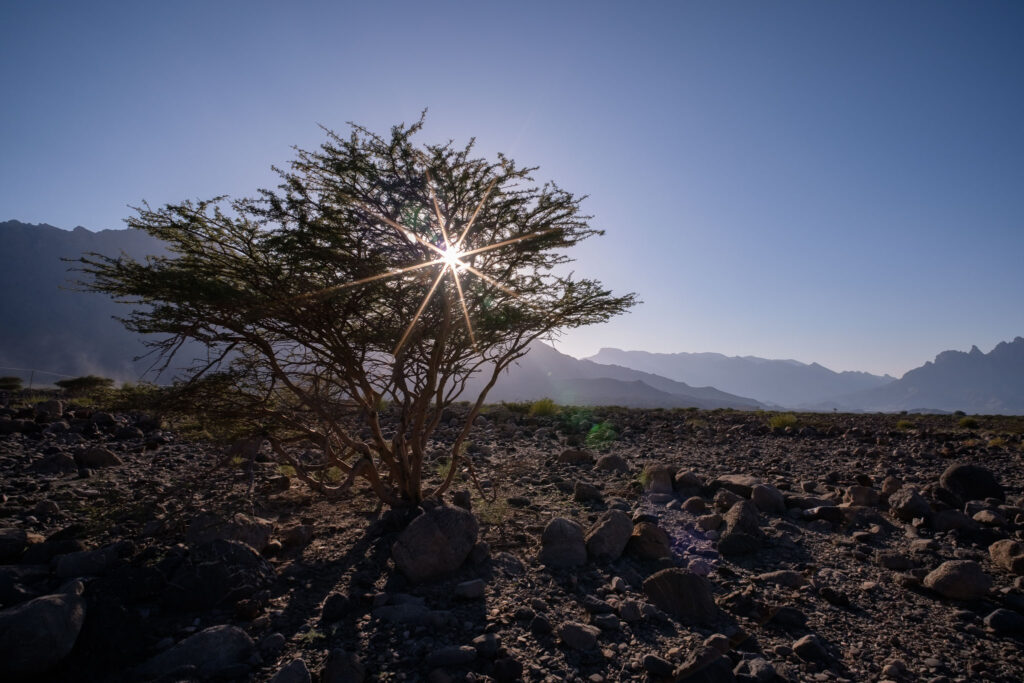

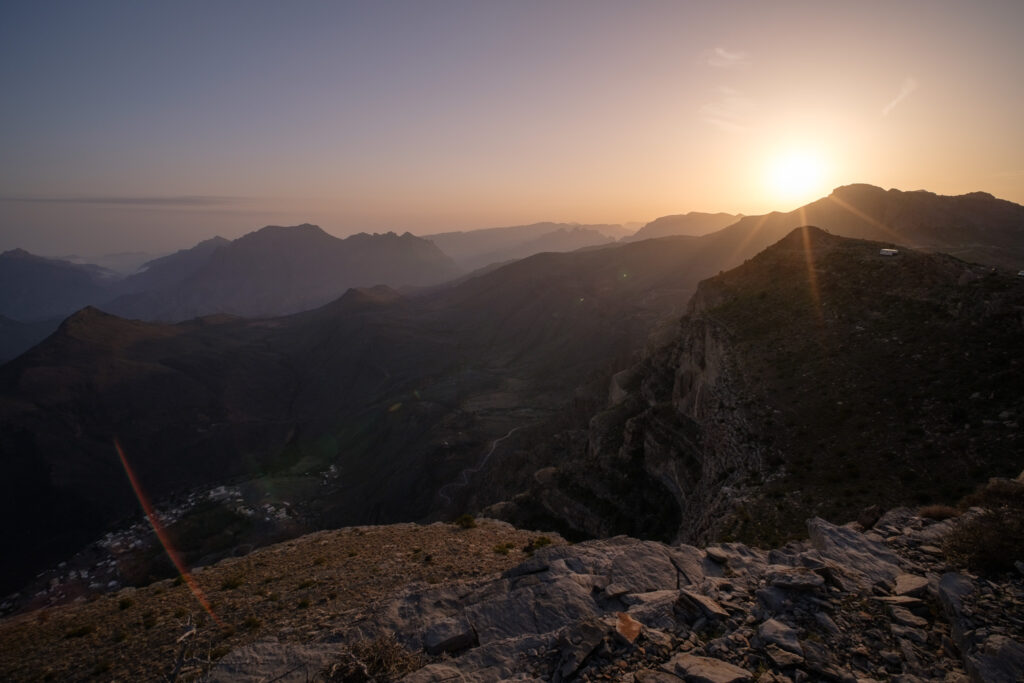
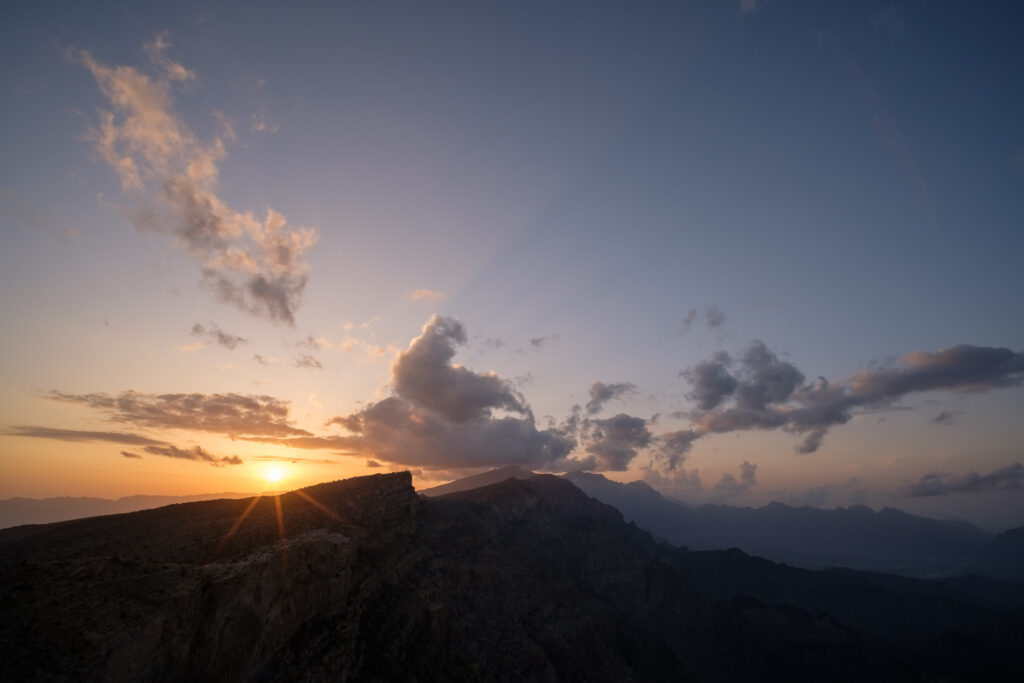
General landscapes – I am happy with the results. Sure there are better lenses, but for Fujifilm the other options covering 10mm are much more expensive. Remember, this is a lens that costs around USD 150. So far I have used it in the Oman mountains and desert, without a problem. The sharpness is actually excellent at normal landscape apertures, diminishing to the corners; still, A3 and even A2 size prints are fine.
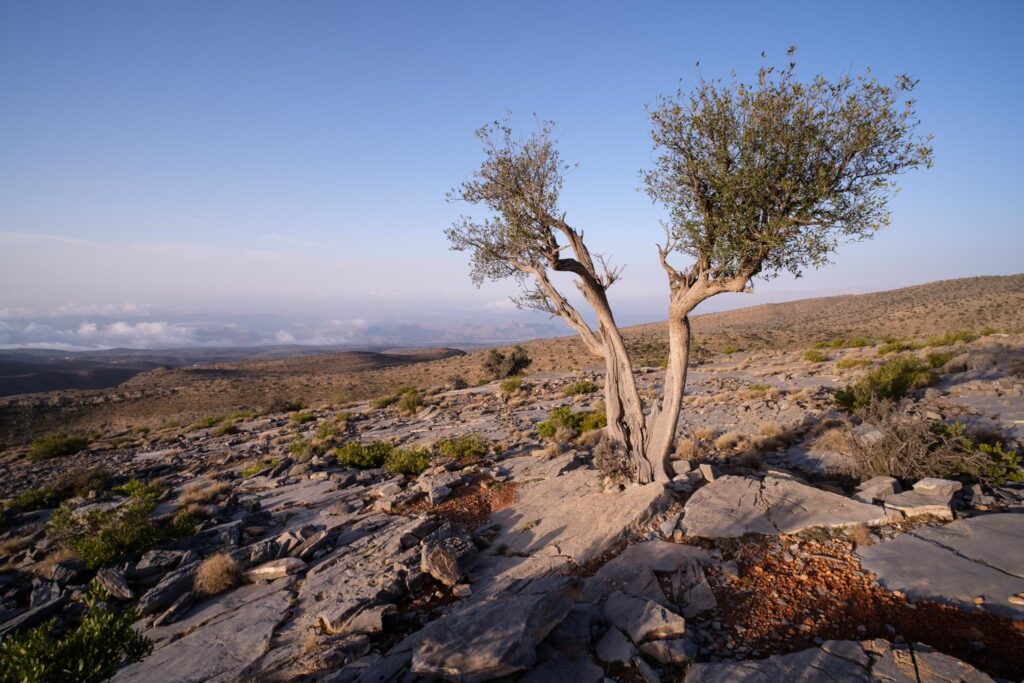
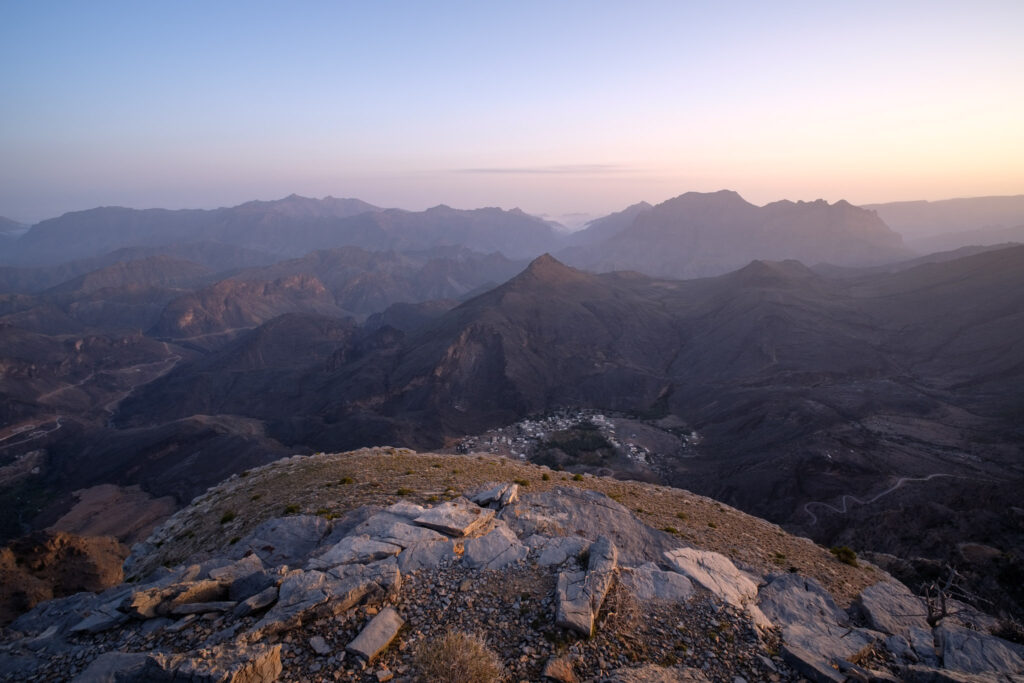
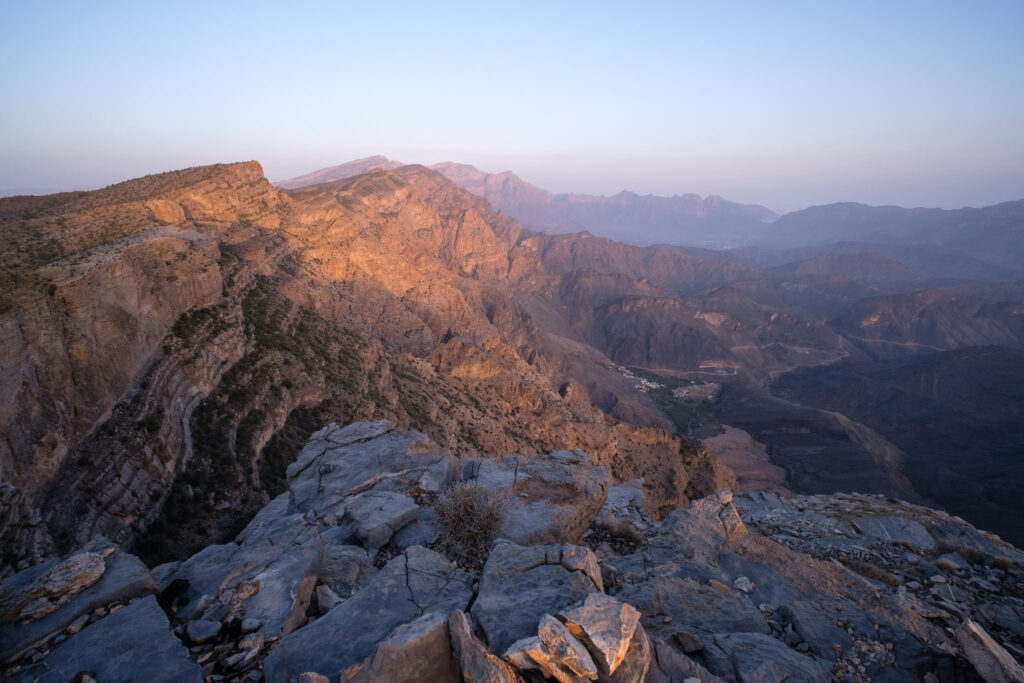


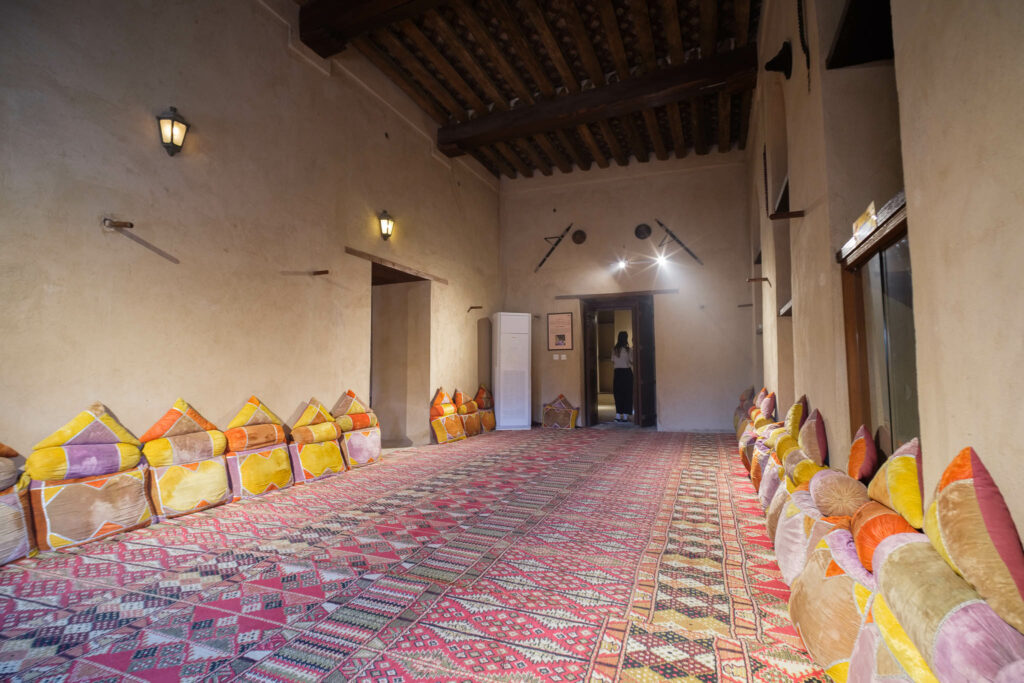
Night sky – this was the main reason why I got the lens. With such a wide angle of view and large aperture, it ticks the right boxes for those vast Milky Way and star trail images. Manual focus at infinity is easy to achieve using the magnification function of the camera, and carefully bringing a bright star into a pinpoint on the screen. Again, there are probably better lenses in terms of coma and other optical defects, but I am happy with the results I am getting thus far. I have used f/2.8 because it reduces those defects, compared to f/2. Vignetting is also present, but for Milky Way photos, it actually helps to guide the eye towards the important part of the frame.
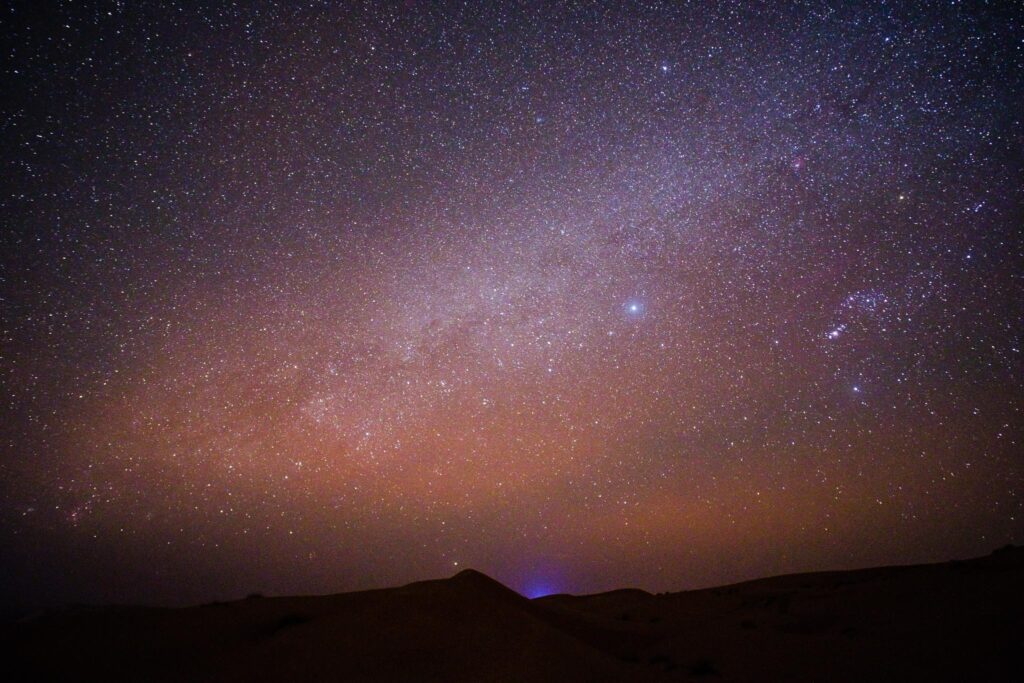

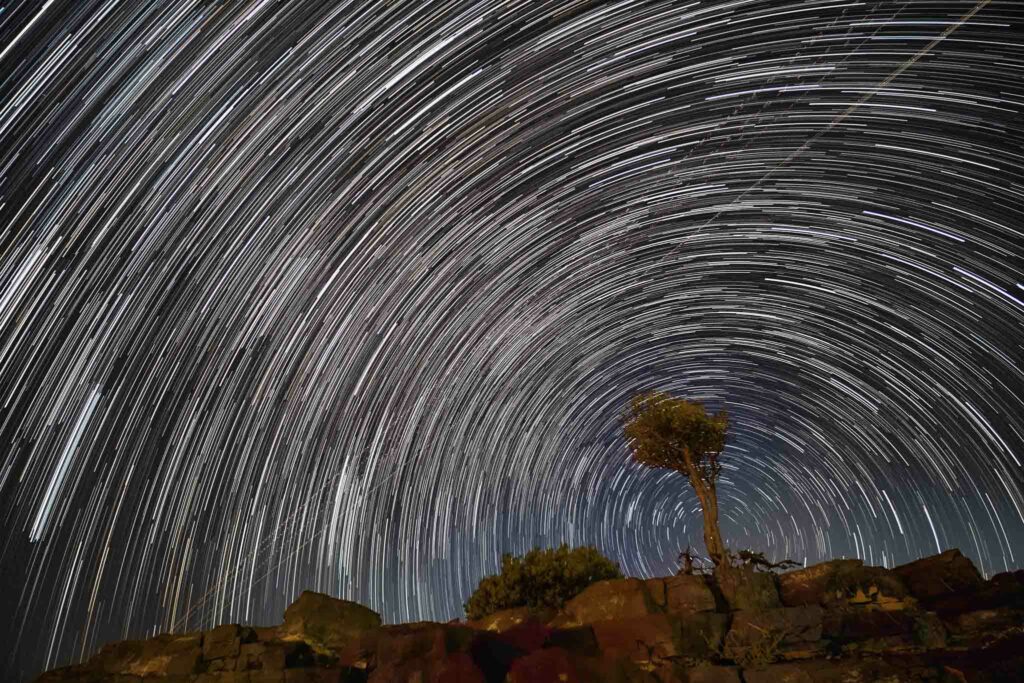
My conclusion is that for the price, this lens delivers the goods. Certainly I will keep using it for my night sky images. For day light landscapes, it is also perfectly usable, bearing in mind that it flares easily. The low distortion also makes it useful for interior photos. I keep repeating myself, but this lens delivers well above its cost.
